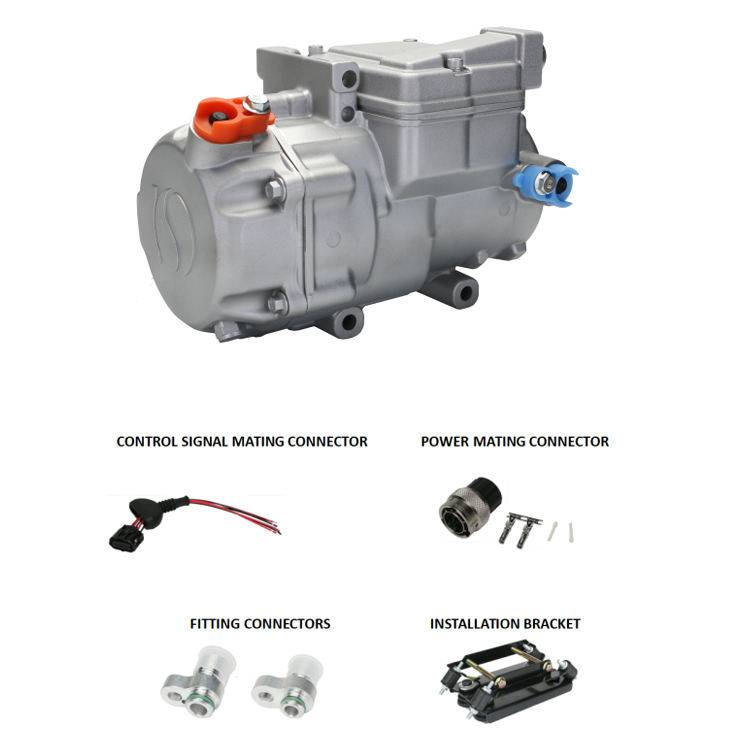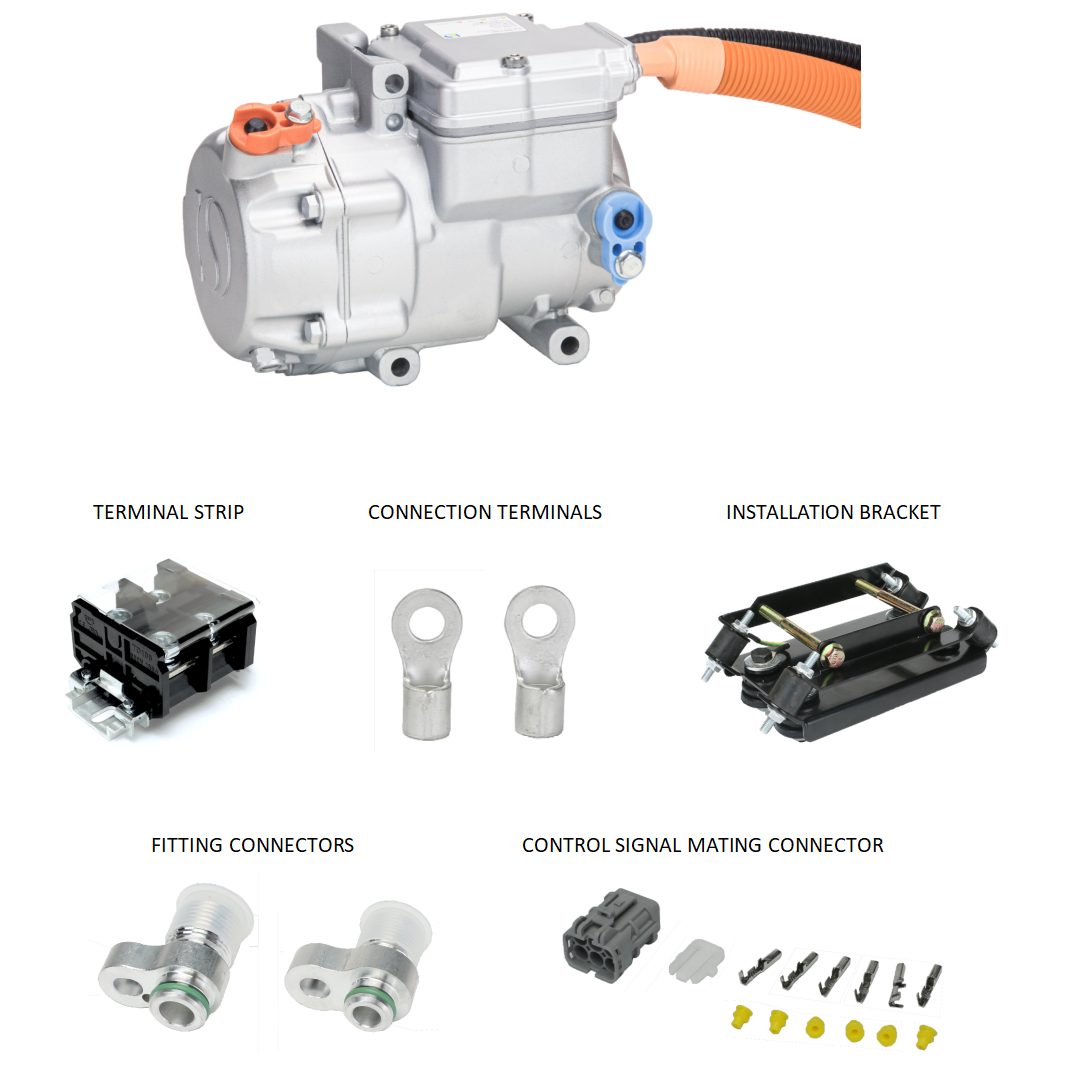Reading Guide
There may be many reasons for the compressor motor to burn, which may lead to the common causes of compressor motor burn: overload operation, voltage instability, insulation failure, bearing failure, overheating, starting problems, current imbalance, environmental pollution, design or manufacturing defects. To prevent the compressor motor from burning, it is necessary to have a reasonable system design, normal operation and maintenance, regular inspection and maintenance work to ensure the stable operation of the motor within a safe load range. If there is any abnormality, measures should be taken in time to check and repair the problem to avoid motor burning.
The Reasons Why Compressor motor burns
1. Overload operation: the compressor runs for a long time beyond its rated load, which may cause the motor to overheat and eventually burn out. This may be caused by factors such as unreasonable system design, operational errors, or sudden increases in load.
2. Voltage instability: If the supply voltage fluctuates greatly, exceeding the rated voltage range of the motor, the motor may overheat and damage.
3. Insulation failure: If the insulation material inside the motor is damaged, it may cause the current to flow through an abnormal path, causing the motor to overheat and burn.
4 Bearing failure: bearing is an important part of the motor operation, if the bearing damage or poor lubrication, will increase the motor load, resulting in motor overheating, or even burned.
5. Overheating: long-term operation, high ambient temperature, poor heat dissipation and other factors may lead to overheating of the motor, eventually leading to burnout.
6. Starting problem: If the motor starts frequently or the starting process is abnormal, it may lead to a surge in current, which will cause the motor to burn.
7. Current imbalance: In the three-phase motor, if the three-phase current is unbalanced, it will lead to unstable operation of the motor, which may cause overheating and damage.
8.Environmental pollution: If the motor is exposed to: dust, moisture, corrosive gases and other harsh environments, it may affect the normal operation of the motor, and eventually lead to burnout.

How to replace it

Before replacing a new compressor, it is best to conduct a thorough system inspection to identify and fix any problems and ensure that the new compressor can operate in a healthy, clean system. A series of steps are taken to ensure that the system can be safely and efficiently restored to normal operation.
1. Power off and safety: First, make sure to disconnect the power supply to ensure safe operation. Turn off the power to the refrigerant system to avoid electric shocks and other safety risks.
2. Empty refrigerant: Use professional refrigerant recovery equipment to discharge refrigerant remaining in the system. This helps prevent refrigerant leakage and environmental pollution.
3. Disassembly and cleaning: disassemble the burned or malfunctioning compressor and thoroughly clean the rest of the refrigerant system, including the condenser, evaporator and piping. This helps remove contaminants and prevents affecting the performance of new equipment.
4. Replace the compressor: Replace the compressor with a new one and ensure that the model and specifications are suitable for the system. Before replacing the compressor, make sure that other components in the system are inspected to ensure that they are not damaged or contaminated.
5. System vacuum extraction: Before assembling a new compressor, the air and impurities in the system are discharged by using a vacuum pump to ensure the vacuum and stability inside the system.
6. Fill refrigerant: After confirming the vacuum of the system, fill the appropriate type and amount of refrigerant according to the manufacturer's recommendations. Make sure the refrigerant is charged to the correct pressure and amount.
7. System check and test: After installing the new compressor, check and test the system to ensure the normal operation of the system. Check pressure, temperature, flow and other parameters to ensure that there are no leaks or other anomalies.
8. Start the system: After confirming that everything is normal, you can restart the refrigerant system. Monitor system operation to ensure system stability.
Post time: Sep-21-2023








